What Is An Induction Heating Coil?
The induction heating process is a precise, safe and reliable heating method. Using induction heating tools can help avoid collateral damage and potential injuries caused by traditional torches.
Induction heating coils are an important accessory to our range of induction heating systems, which heat and expand magnetic metals by generating electromagnetic waves. Coils are inserted into each unit and then wrapped or placed around items that are stuck or corroded, preferably without direct contact.
How Does the Induction Coil Work?
Induction heating coils, crafted from copper tubes or other conductive materials, facilitate the flow of alternating current to generate a fluctuating magnetic field. As metal components or conductive substances are positioned in close proximity to these coils—ensuring no direct contact—the dynamic magnetic field induces internal friction within the metal. This process effectively elevates the temperature of the metal through induction heating.
At the heart of the system, energy is stored within components known as induction coils, functioning similarly to a magnetic field. These coils are capable of converting energy from a magnetic field into electrical current and vice versa. Often referred to as “spark coils,” these elements operate akin to transformers, creating high-voltage pulses from a low-voltage DC (direct current) power source.
The alternating current flowing in the coil creates an alternating electromagnetic field, which transfers energy from the source to the workpiece. The alternating electromagnetic field (EMF) of the coil generates induced currents (eddy currents) in the workpiece, which generates heat due to I Squared R losses (core losses).
5 Basics Of Induction Heating Coil Design
The design of the induction heating coil plays an important role in the effectiveness of the induction heating process. Therefore, it is crucial to make the best choice when selecting its components.
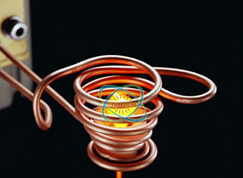
Coil Material Selection
The performance and durability of a coil largely depend on its material, such as copper, aluminum, or steel, each with unique advantages. It’s essential to choose a coil material that suits your specific needs and can withstand thermal stress and frequent wear.
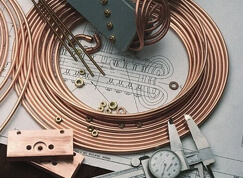
Coil Size
The efficacy of heating is significantly dependent on the appropriate sizing of the coil. Inaccurately sized coils can lead to inefficiencies and suboptimal performance. It is essential, therefore, when selecting a coil size, to consider not only the dimensions and shape of the item but also its material properties alongside the power output capabilities of the induction heating system.
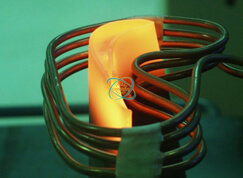
Coupling Distance
Coupling refers to the space between the induction coil and the workpiece. To achieve optimal progressive heating, the coupling distance should be precisely 0.19 cm. In instances where the workpiece consists of a magnetic material, it is recommended that this distance ranges from 0.25 to 0.38 inches. A smaller gap is known as tight coupling, while a larger gap is referred to as loose coupling.
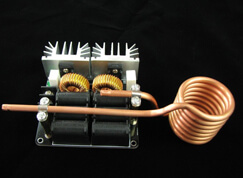
Coil Forming
Manufacturers anneal coils during bending to preserve their structure. This process heats the tubing to a bright red before quickly cooling it with water, preventing cracks and deformations, and maintaining coil quality throughout production.
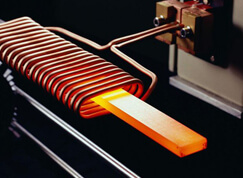
Coil Shape
The effectiveness of the heating process largely depends on the coil’s design. Coils can be customized into cylindrical, flat, or specific shapes to optimally heat various components or materials.
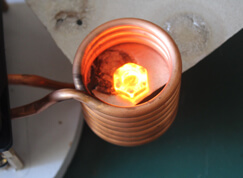
Cooling
To extend the life and efficiency of your coils, it’s crucial to choose the right cooling method—air, water, or oil—based on the coil’s dimensions, power, and design. Selecting the appropriate method tailored to your equipment’s needs will enhance performance and durability.
 Whatsapp
Whatsapp
